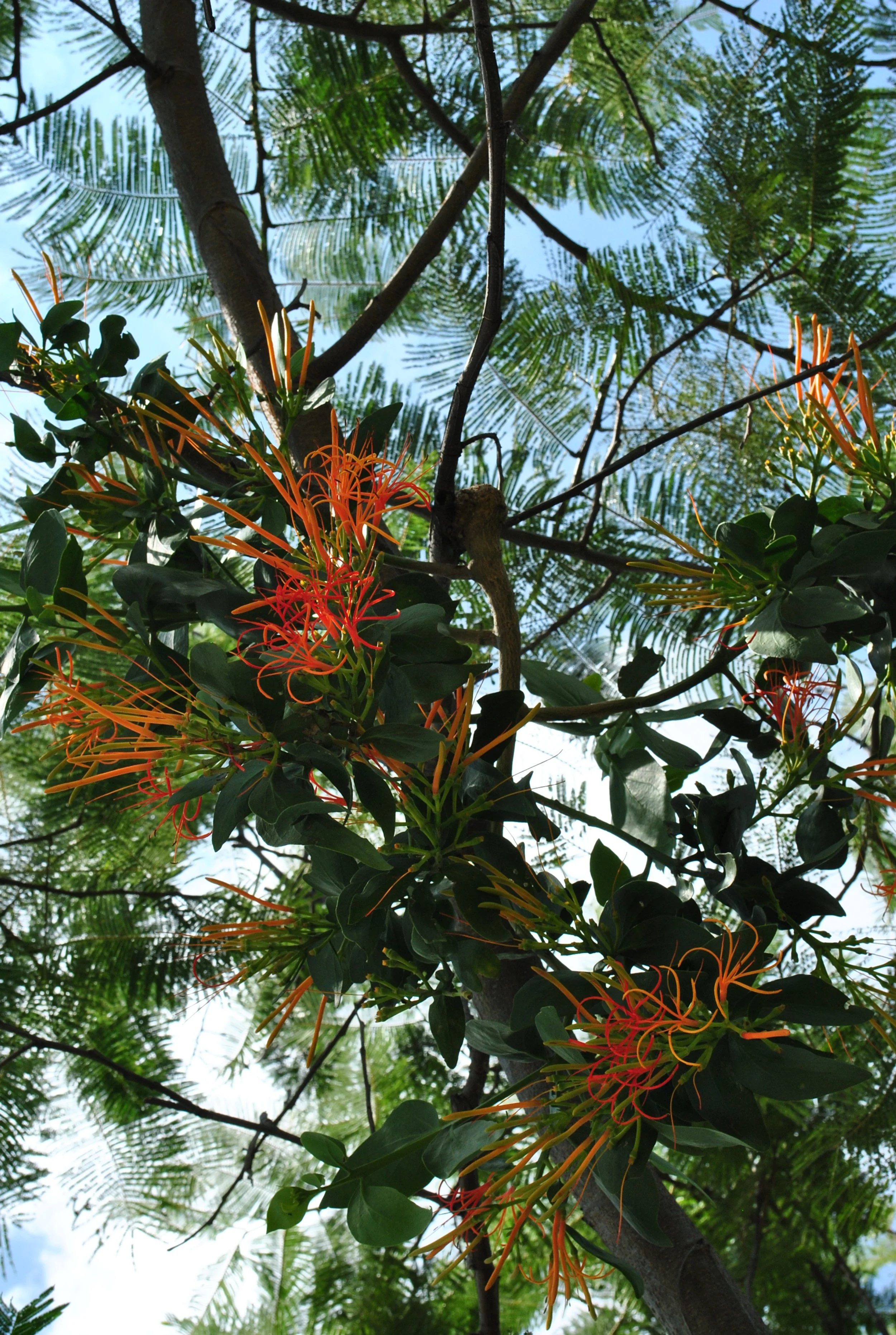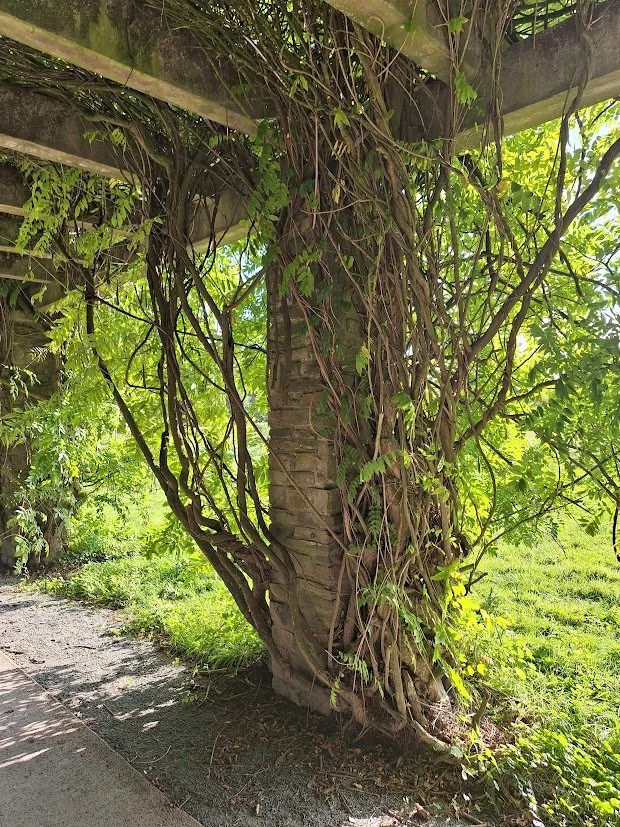Plant connections
Plant-plant interactions
Plants interact with each other in many different ways, from cooperative to competitive associations. A particular ecological interaction is established by plants that grow as parasites on other plants. These botanical parasites have distinctive structures, physiological mechanisms, ecology, and evolutionary histories. They act as key ecosystem components that help boost biodiversity, but can also grow as devastating pests that hamper wood and crop production. In my research, I use these often strange and an eye-catching parasitic plants as study models to analyze multiple aspects of plant-plant connections: from anatomy and development, to ecophysiology and coevolution.
Plant-human interactions
Plants have always been a fundamental part of human history. They are present in most aspect of our lives and culture: from our food and clothing, to our medicine and materials we use for art, shelter and furniture. Moreover, gardens and other plant communities also provide valuable mental health benefits while giving us pleasure and inspiration. At the same time, plants are living beings in their own right and must be considered beyond their utilitarian value. In this part of my research, I am interested in how we view plants and connect to them throughout our lives and different cultural manifestations, with a special focus on visual arts and urban landscaping.

